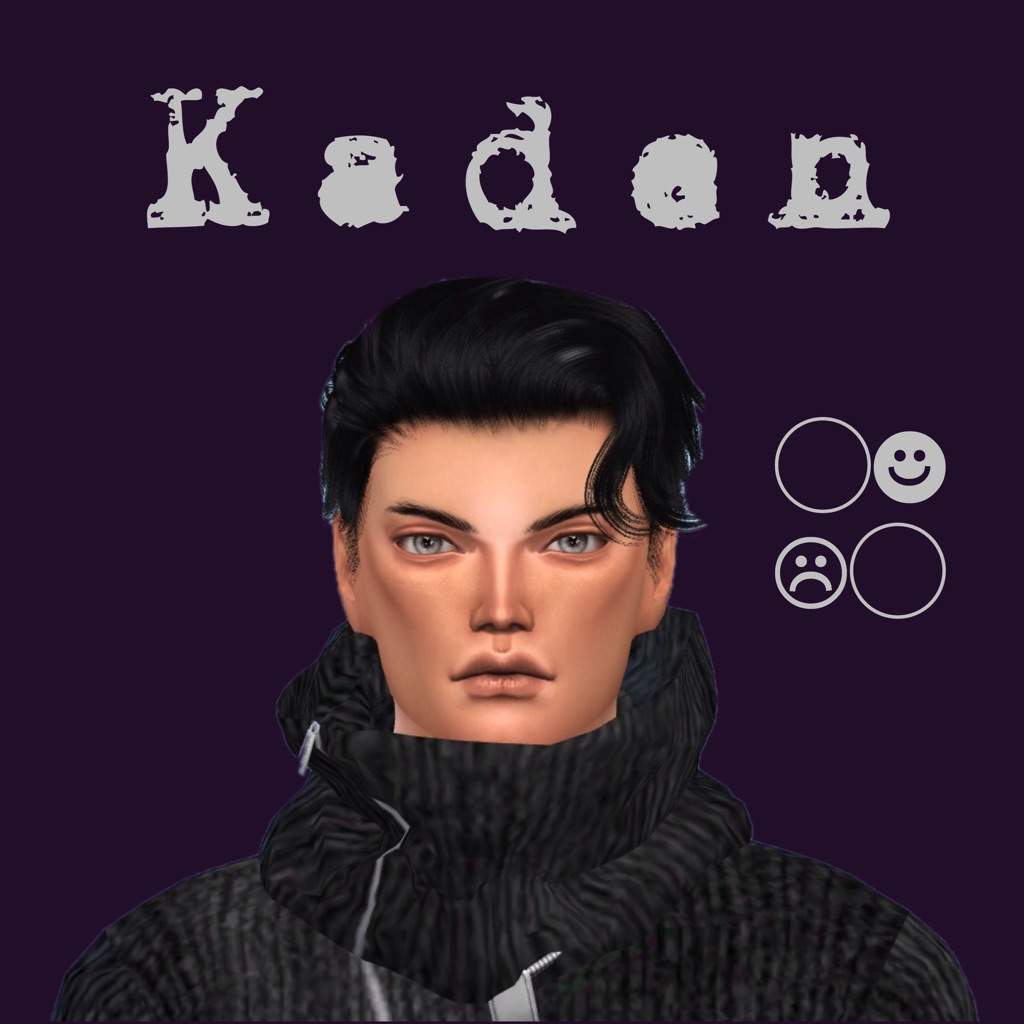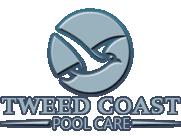- В« Past
- Next В»
Now that individuals have actually put up our canvas environment, we are able to enter the important points of just how to draw in the canvas. By the end with this article, you should have discovered simple tips to draw rectangles, triangles, lines, arcs and curves, supplying knowledge of a few of the fundamental forms. Dealing with paths is vital whenever drawing things onto the canvas and we’ll observe how which can be done.
The grid

Before we could begin drawing, we have to speak about the canvas grid or coordinate space. Our HTML skeleton through the page that is previous a canvas element 150 pixels wide and 150 pixels high. Off to the right, the thing is this canvas aided by the standard grid overlayed. Normally 1 unit into the grid corresponds to at least one pixel regarding the canvas. The foundation with this grid is put within the top kept corner at coordinate (0,0). All elements are positioned in accordance with this origin. And so the place regarding the top kept corner associated with blue square becomes x pixels through the left and y pixels through the top, at coordinate (x,y). Later on in this guide we will observe how we could convert the foundation to a position that is different rotate the grid and also measure it, however for now we are going to adhere to the standard.
Drawing rectangles
Unlike SVG, just supports two ancient forms: rectangles and paths (lists of points linked by lines). All the forms needs to be produced by combining a number of paths. Luckily for us, we now have selection of course drawing functions which will make it feasible to write extremely shapes that are complex.
First let’s consider the rectangle. You can find three functions that draw rectangles from the canvas:
fillRect(x, y, width, height) attracts a filled rectangle. strokeRect(x, y, width, height) attracts an outline that is rectangular. clearRect(x, y, width, height) Clears the specified area that is rectangular which makes it completely clear.
All these three functions takes the parameters that are same. x and y specify the position in the canvas (in accordance with the foundation) of this corner that is top-left of rectangle. Height and width no strings attached hookup app give you the rectangle’s size.
Below could be the draw() function through the past web page, nevertheless now it really is making utilization of these three functions.
Rectangular form instance

This instance’s production is shown below.
The fillRect() function attracts a sizable black colored square 100 pixels for each part. The clearRect() function then erases a 60×60 pixel square through the center, after which strokeRect() is known as to generate a rectangular outline 50×50 pixels inside the square that is cleared.
In upcoming pages we will see two alternate means of clearRect() , so we’ll additionally observe how to improve the colour and style that is stroke of rendered forms.
All three rectangle functions draw immediately to the canvas unlike the path functions we’ll see in the next section.
Drawing paths
Now let us have a look at paths. a course is a listing of points, linked by sections of lines that may be of various forms, curved or otherwise not, of various width and of various color. a course, as well as a subpath, could be closed. To produce forms utilizing paths, we simply just just simply take some additional actions:
- First, the path is created by you.
- Then you employ drawing commands to attract to the path.
- When the course was developed, it is possible to stroke or fill the trail to make it.
Here you will find the functions utilized to perform these actions:
beginPath() produces a brand new course. As soon as created, future drawing commands are directed to the path and utilized to build the trail up. Path techniques solutions to set various paths for things. closePath() Adds a straight line towards the course, visiting the start of present sub-path. stroke() attracts the form by stroking its outline. fill() attracts a shape that is solid filling the road’s content area.
The initial step to produce a course would be to phone the beginPath() . Internally, paths are kept as a listing of sub-paths (lines, arcs, etc) which together form a form. Each and every time this process is named, the list is reset therefore we can begin drawing brand new forms.
The step that is second calling the techniques which actually specify the paths become drawn. We will see these briefly.
The 3rd, as well as an optional action, would be to call closePath() . This technique attempts to shut the design by drawing a line that is straight the present point to the beginning. This function does nothing if the shape has already been closed or there’s only one point in the list.
Drawing a triangle
As an example, the rule for drawing a triangle would look something such as this:
The end result seems like this:
Going the pen
One really helpful function, which does not really draw certainly not becomes area of the course list described above, could be the moveTo() function. It is possible to probably best think about this as raising a pen or pencil from a single i’m all over this a bit of paper and putting it regarding the next.
moveTo(x, y) Moves the pen towards the coordinates specified by x and y .
If the canvas is initialized or beginPath() is known as, you typically may wish to make use of the moveTo() function to put the point that is starting else. We’re able to additionally make use of moveTo() to draw paths that are unconnected. Take a good look at the face that is smiley.
To use this you can use the code snippet below for yourself. Simply paste it to the draw() function we saw earlier in the day.
The effect seems like this:
If you want to look at lines that are connecting you are able to take away the lines that call moveTo() .
Note: To find out about the arc() function, begin to see the Arcs section below.





